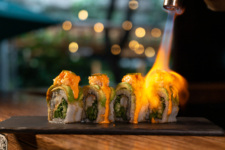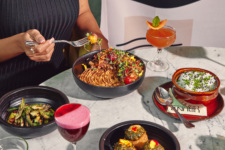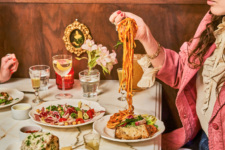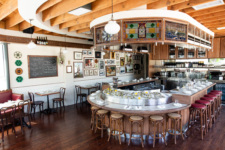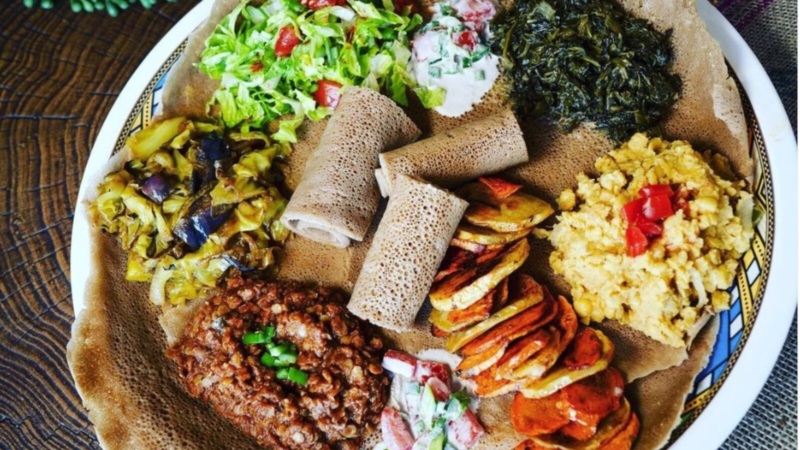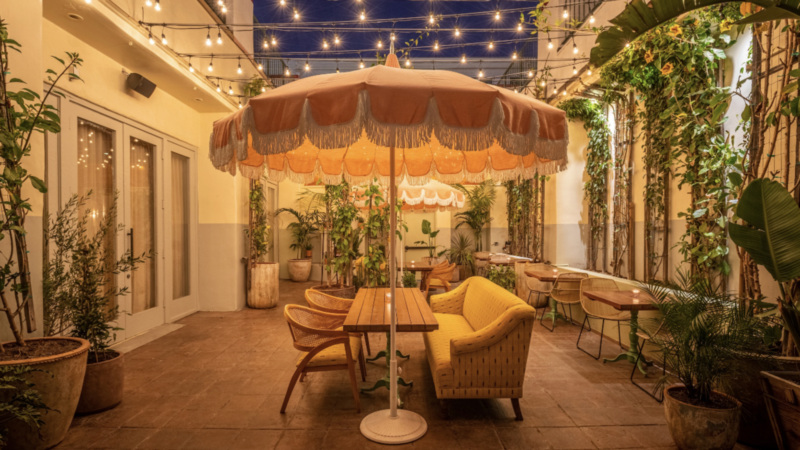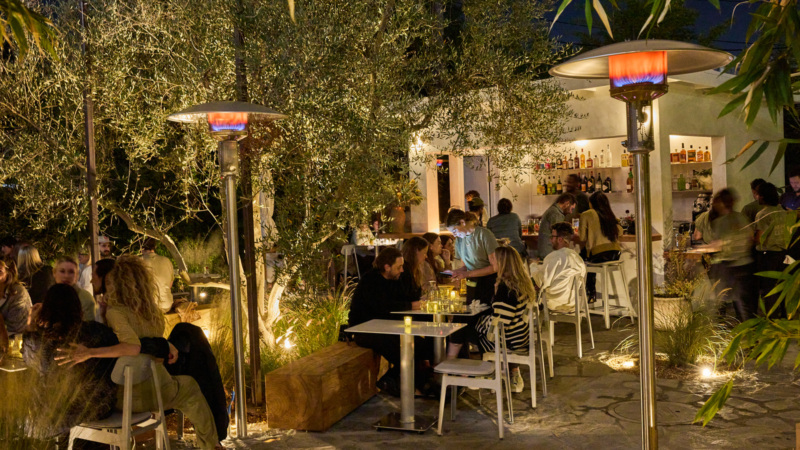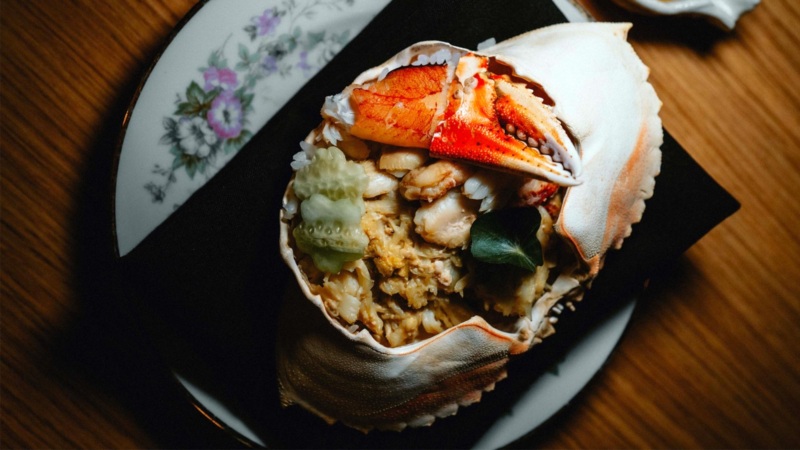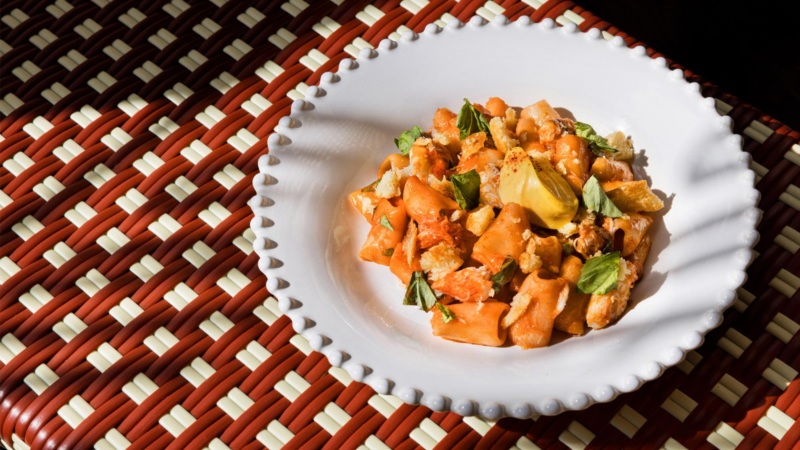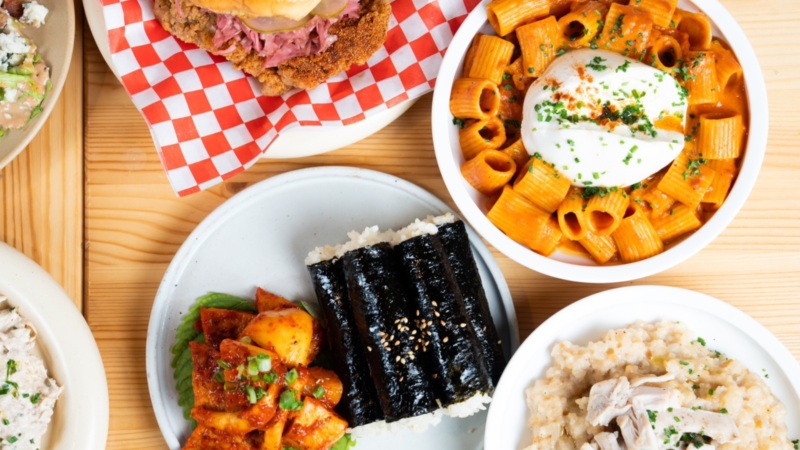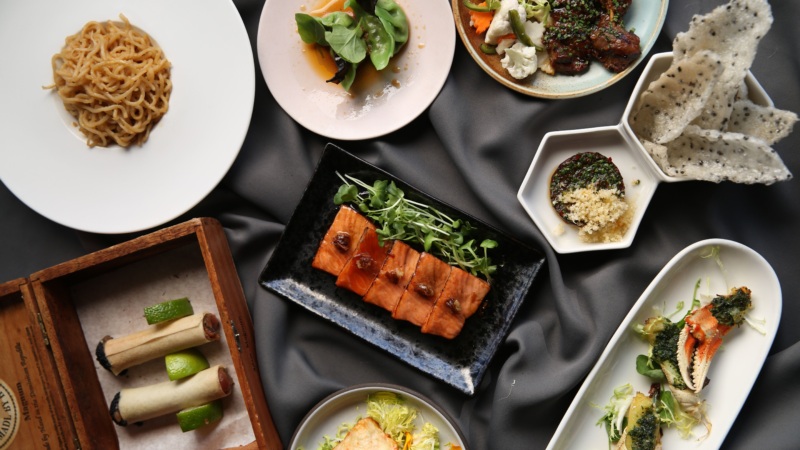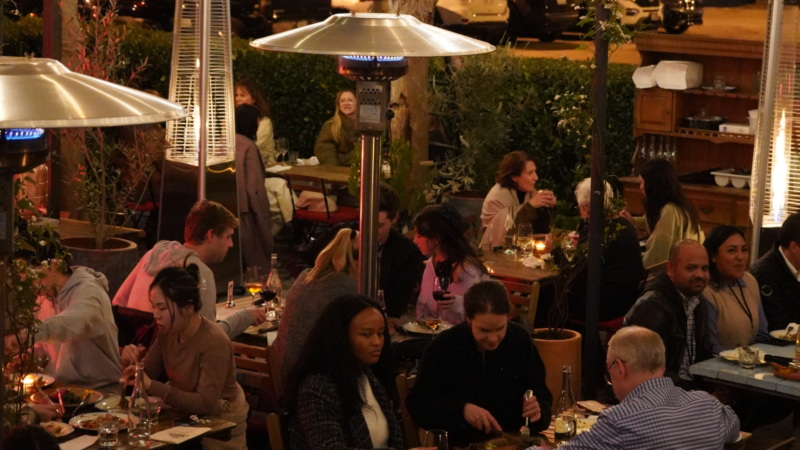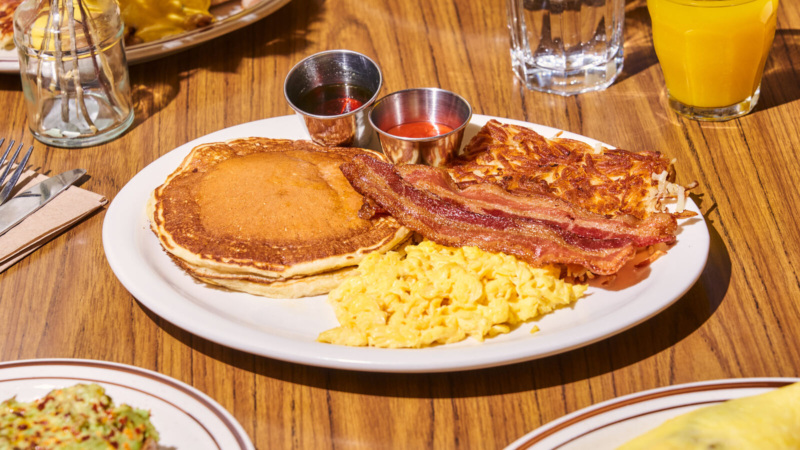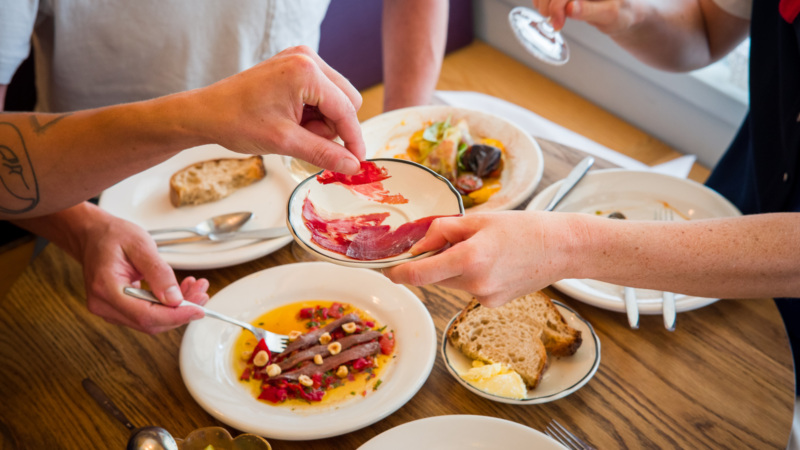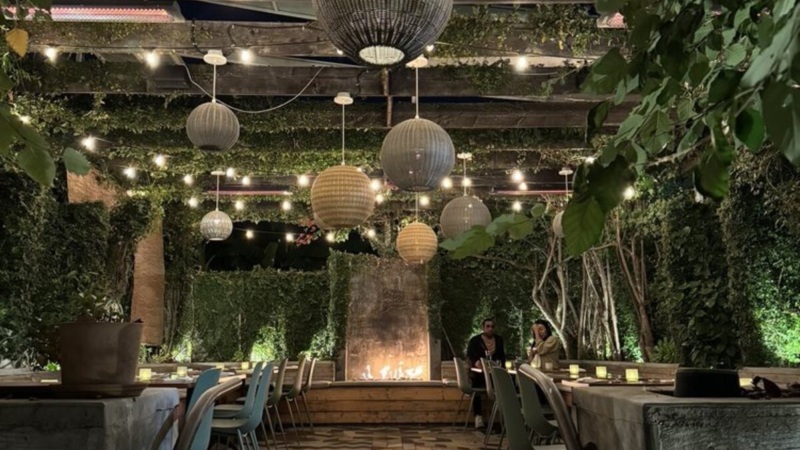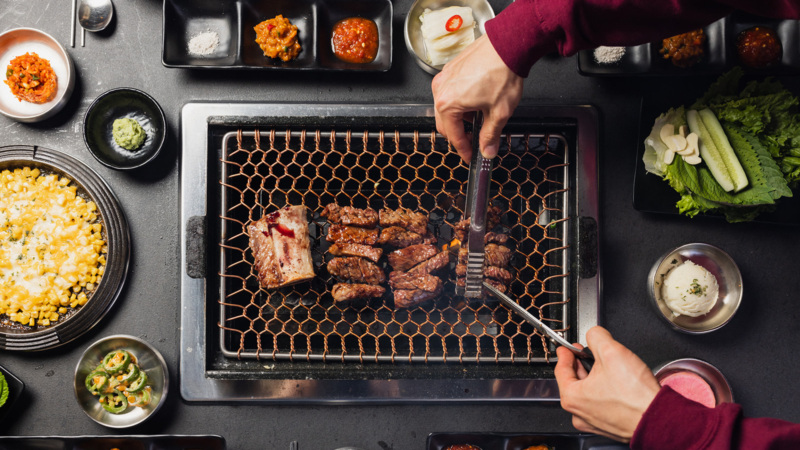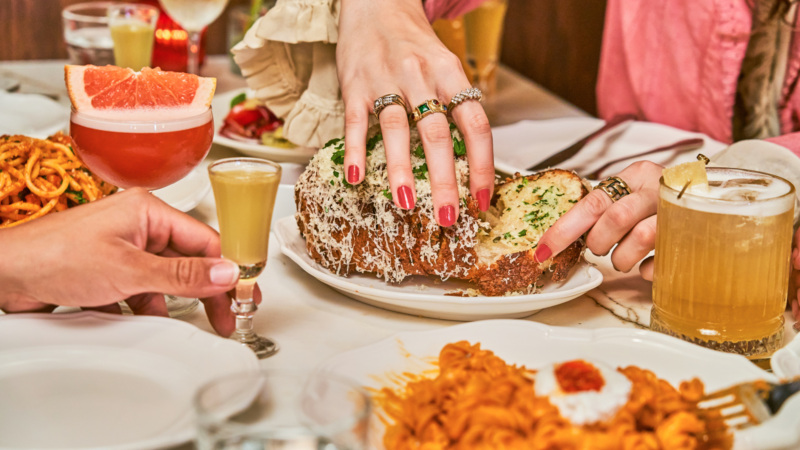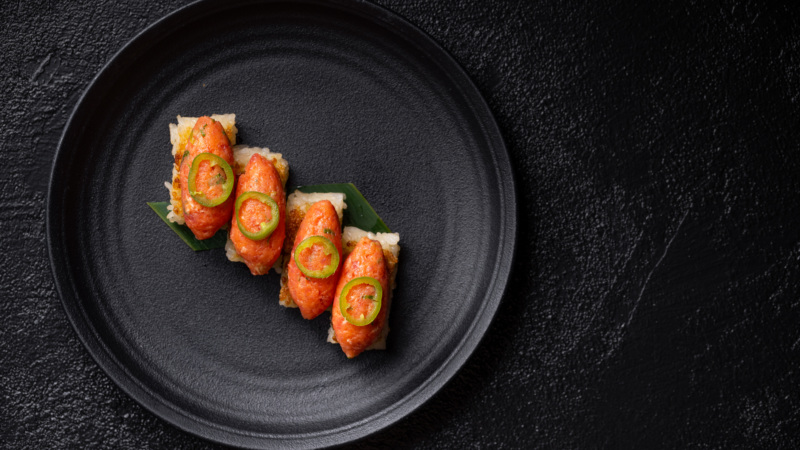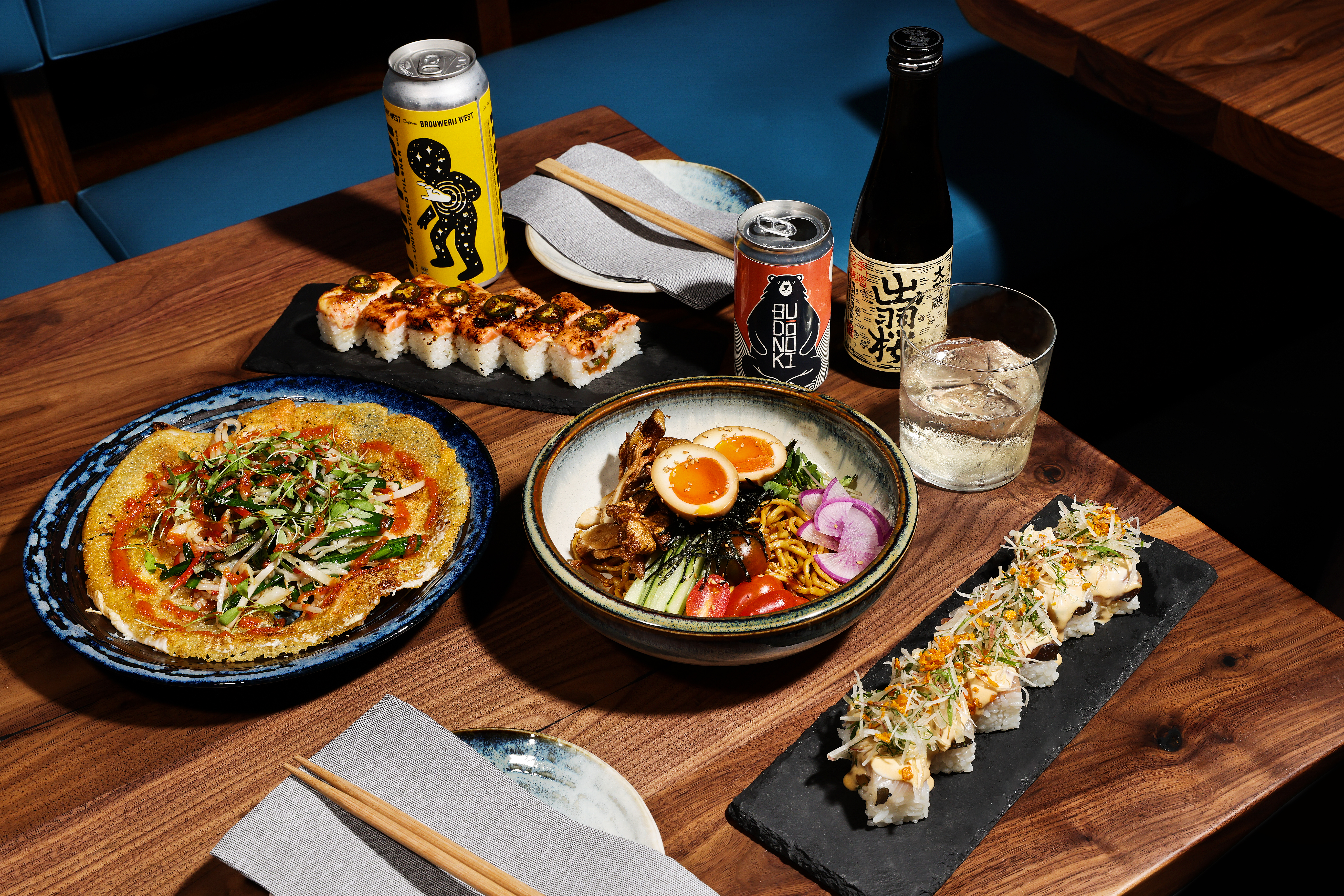
Izakaya Pop-Up Budonoki Sets Down Roots in Virgil Village
When college friends and industry vets Eric Bedroussian and Josh Hartley decided to open a restaurant of their own, they knew they had the front of house on lock: their combined resumes include stints at Alinea, Hillstone Restaurant Group, Helen’s Wines, and Majordomo. But it wasn’t until they connected with chef Dan Rabilwongse that it all coalesced into Budonoki, a fun, freewheeling izakaya that started out as a pop-up and is now a permanent addition to Virgil Village.
As the trio took their time finding the right space, they were fixtures on the pop-up circuit, testing out menu items, ironing out processes, and refining their food and service along the way. The trio popped up at Melody most frequently, which makes it fitting that Budonoki’s brand-new brick and mortar is a mere block and a half away from the bungalow wine bar. Now with a built-in local following and a handsome restaurant space to call their own, Budonoki is open for business, and taking reservations on Resy. Here’s everything you need to know before you go.

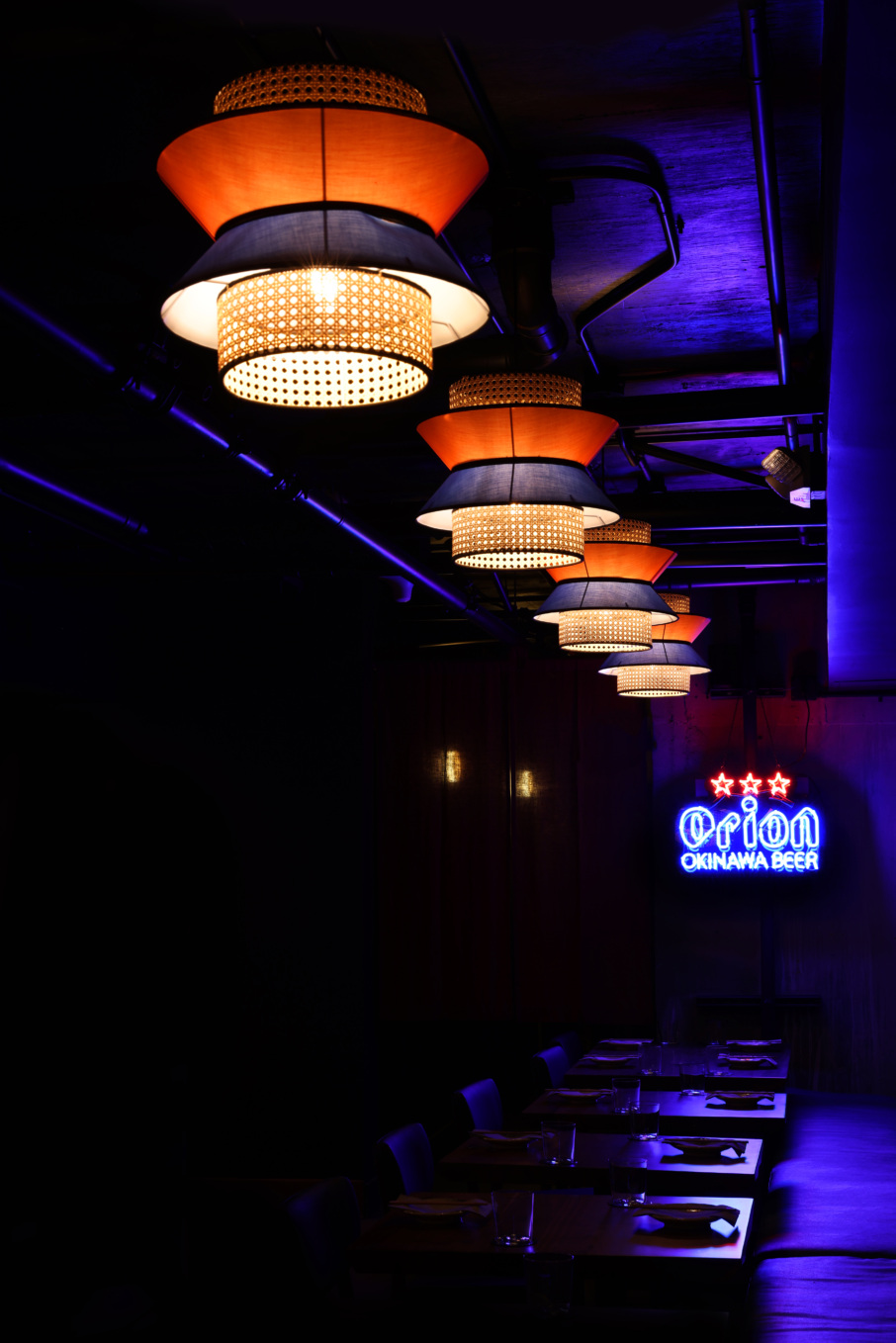
Budonoki is a uniquely Los Angeles izakaya.
Bedroussian grew up amongst a large Japanese community in Vancouver, where izakayas are in abundance. “They’re sprawled across the city like Sweetgreens are in Los Angeles,” he says. Starting at 18 (the legal drinking age in Canada), he’d frequent izakayas to throw back beers and share skewers with friends. “It’s a style of dining that I’m particularly fond of, and I knew I wanted to open that type of restaurant,” he says. When he and Hartley were introduced to Rabilwongse, an Angeleno with Thai ancestry who had worked at Tsubaki and Ototo (along with Hayato and Tartine) — who was also interested in opening an izakaya — the pieces clicked into place.
The concept that they landed on is traditional in some ways, and nontraditional in others. Like a typical Japanese izakaya, the food is meant to be eaten alongside plenty to drink, and designed to be shared. Where Budonoki is unique is in the kitchen’s aptitude for fusion. Rabilwongse incorporates Thai flavors, like a galangal-and-tamarind sauce he pairs with the chicken oyster-and-negi skewers and the habanero chili dip that goes with the shrimp-and-scallop katsu. Meanwhile, their chef de cuisine Justin Vu is Vietnamese — hence the fish sauce caramel with the chicken meatball skewer.
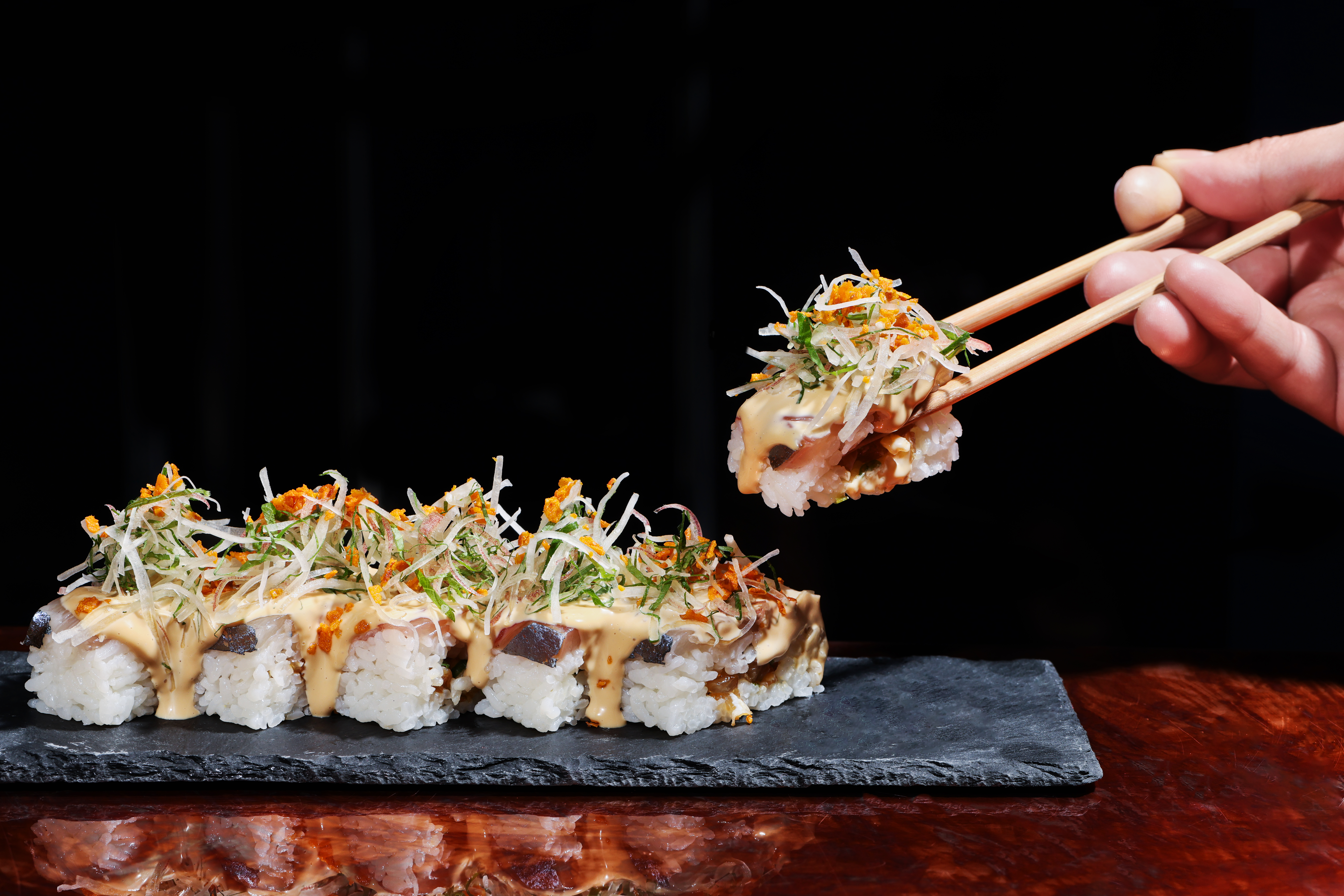
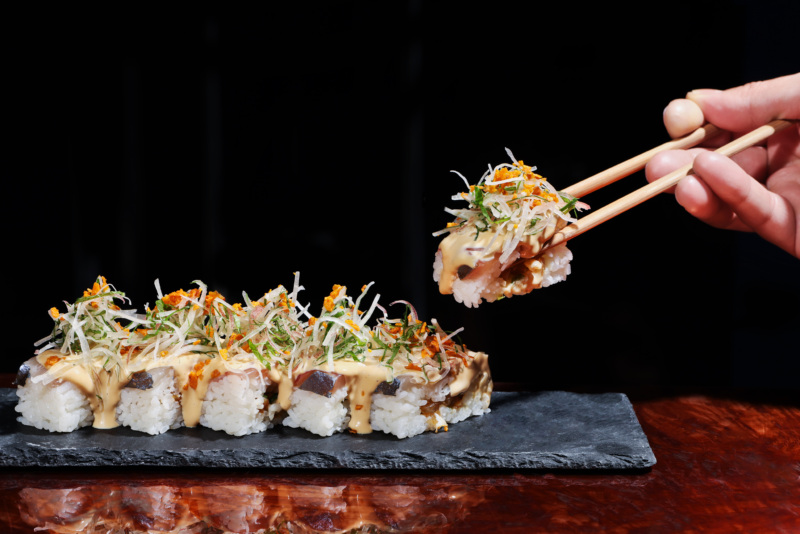
A section of the menu is devoted to oshizushi (pressed sushi).
Another thing that’s immensely popular in Vancouver is oshizushi, which is essentially a sushi roll that gets pressed into a rectangular shape, with fish in the middle and on top. It’s something that Bedroussian knew he wanted on the menu from day one. So, in addition to the snacks section of the menu, which includes raw, grilled, and fried dishes, plus noodles and rice, there is a dedicated oshizushi section with combinations such as kanpachi with daikon and shiso and king salmon with shiro miso and serrano. The menu at Budonoki is also tighter than at most izakayas — it’s small enough that for a group of four, Hartley recommends “ordering everything and getting one or two oshizushi.”
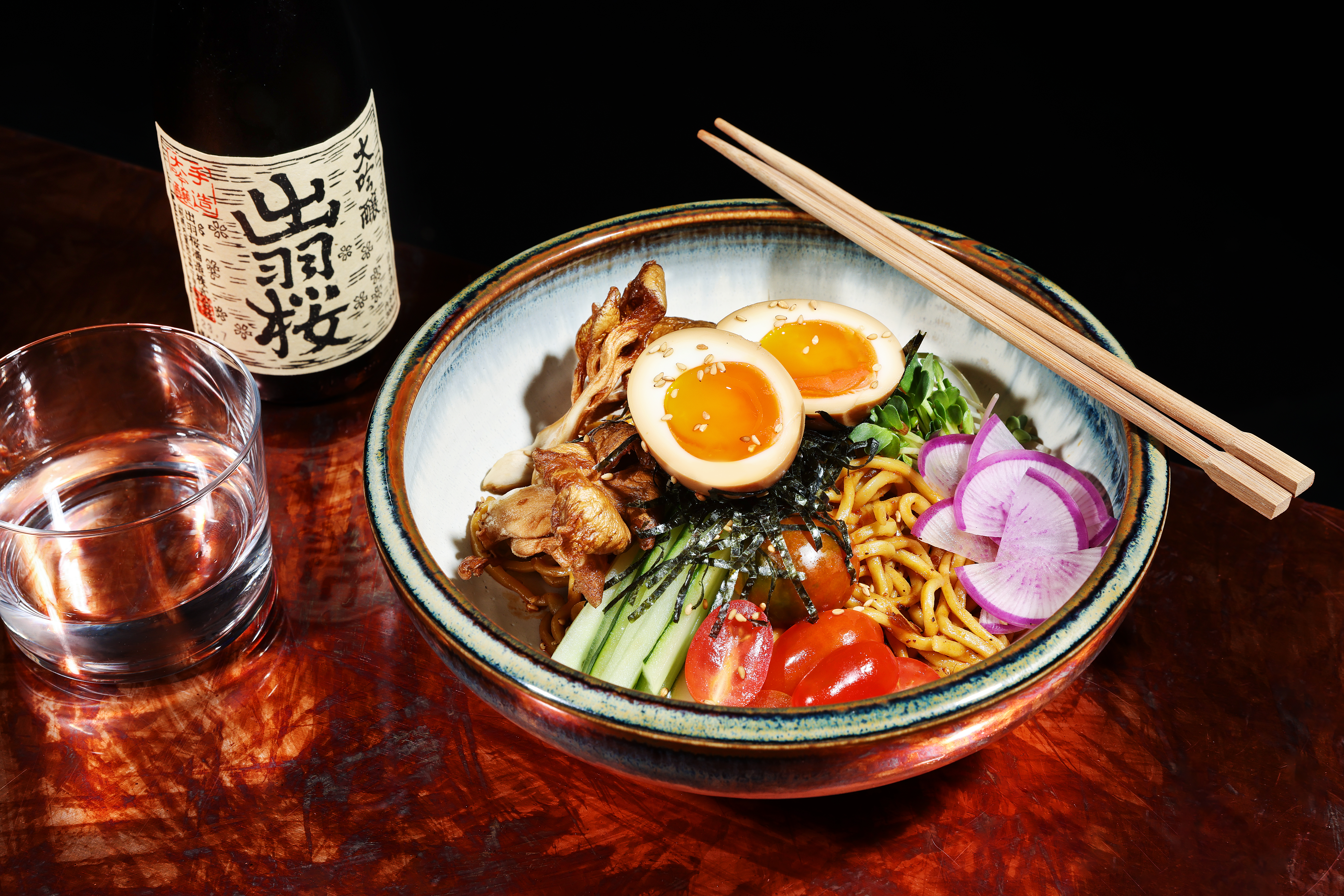
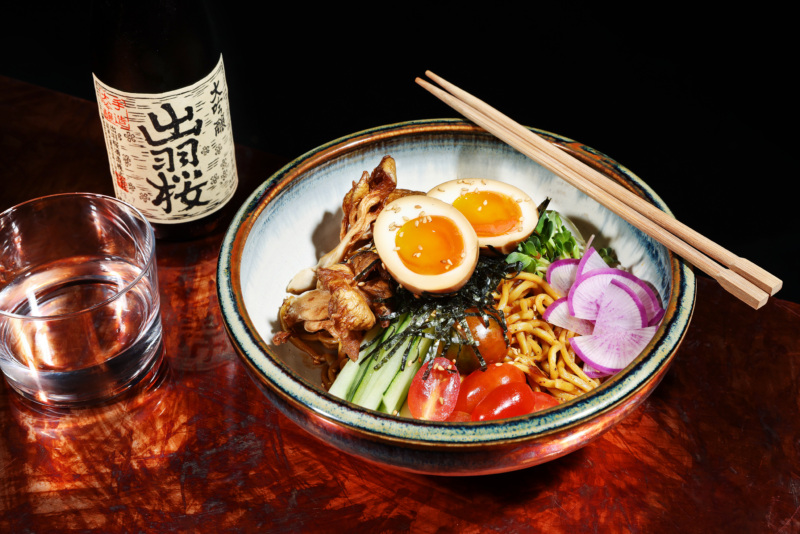
The bar runs a serious operation. (This is an izakaya, after all.)
“We have cold beer, fun drinks, and awesome sake,” Hartley says. Classic Japanese lagers — Sapporo, Asahi, and Orion — are served on draft in frosted mugs. There are also a couple of local beers by the can, specifically Ogopogo’s West Coast IPA and a citrusy unfiltered pilsner from Brouwerij West called Popfuji, plus a selection of sake by the glass, carafe, and bottle.
Because Budonoki is bound by their type 41 license (beer and wine only), they can’t use liquor in their cocktails. Still, they put a lot of care into crafting cocktails using sakes and fortified wines to build flavor. There’s a slushy machine to make a frozen drink, Hyoketsu (sake, soju, koji, lychee, Calpico, and Capelletti), that’s served in an animal mug, while the Daitoshi is a nod to a Manhattan, with sake, cocchi Torino, sherry, and cherry vanilla bitters. They even can some of their cocktails in-house, then pour the Budonoki-branded cans into chilled wine glasses.

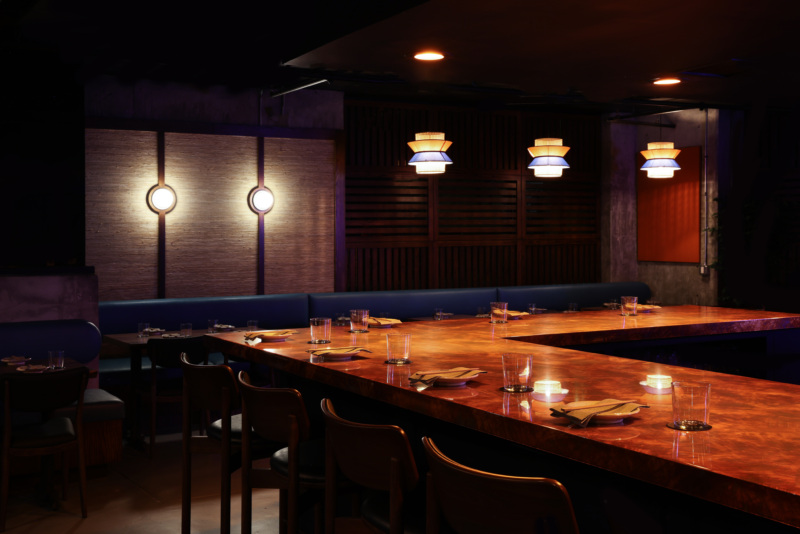
As for the vibe? Think handsome drinking den.
“I feel like every restaurant you walk into these days is so bright and airy. White oak is everywhere,” Bedroussian says. In contrast, a richly hued walnut is featured throughout Budonoki’s interior, including in the slotted window covers, which creates a dark, cozy, and intimate feeling when you step inside the space. Pops of dark blue and burnt orange, warm lighting, and a patina copper bar help to liven up the atmosphere, as do overhead paper lanterns and a neon Orion sign. “We want people to walk in here and be transported,” says Hartley.
For dessert, the good stuff — soft serve.
A soft serve machine behind the bar powers Budonoki’s straightforward dessert program. It dispenses two flavors: a mint green pandan-coconut and a Disneyland-inspired pineapple number with an added dash of koji. As an added whimsical touch, in lieu of spoons, the soft serve is served with miniature plastic shovels. “It’s simple and delicious, and all you could ever want at the end of a filling meal,” Hartley says. “A lot of people are having two or three beers and some fried things and grilled things,” Bedroussian adds. “You’re not trying to have this indulgent, decadent dessert [afterwards], but there’s always room for soft serve.”
Emily Wilson is a Los Angeles-based food writer from New York. She has contributed to Bon Appétit, Eater, TASTE, The Los Angeles Times, Punch, Atlas Obscura, and more. Follow her on Twitter and Instagram. Follow Resy, too.


